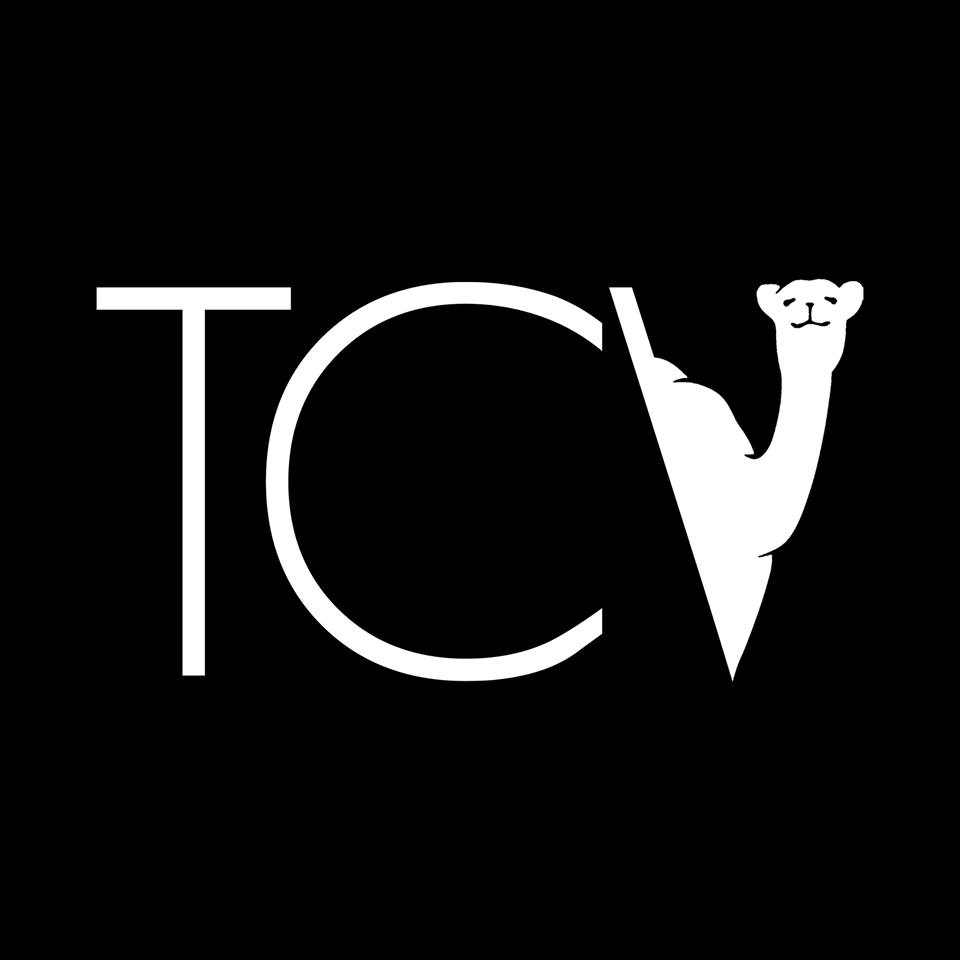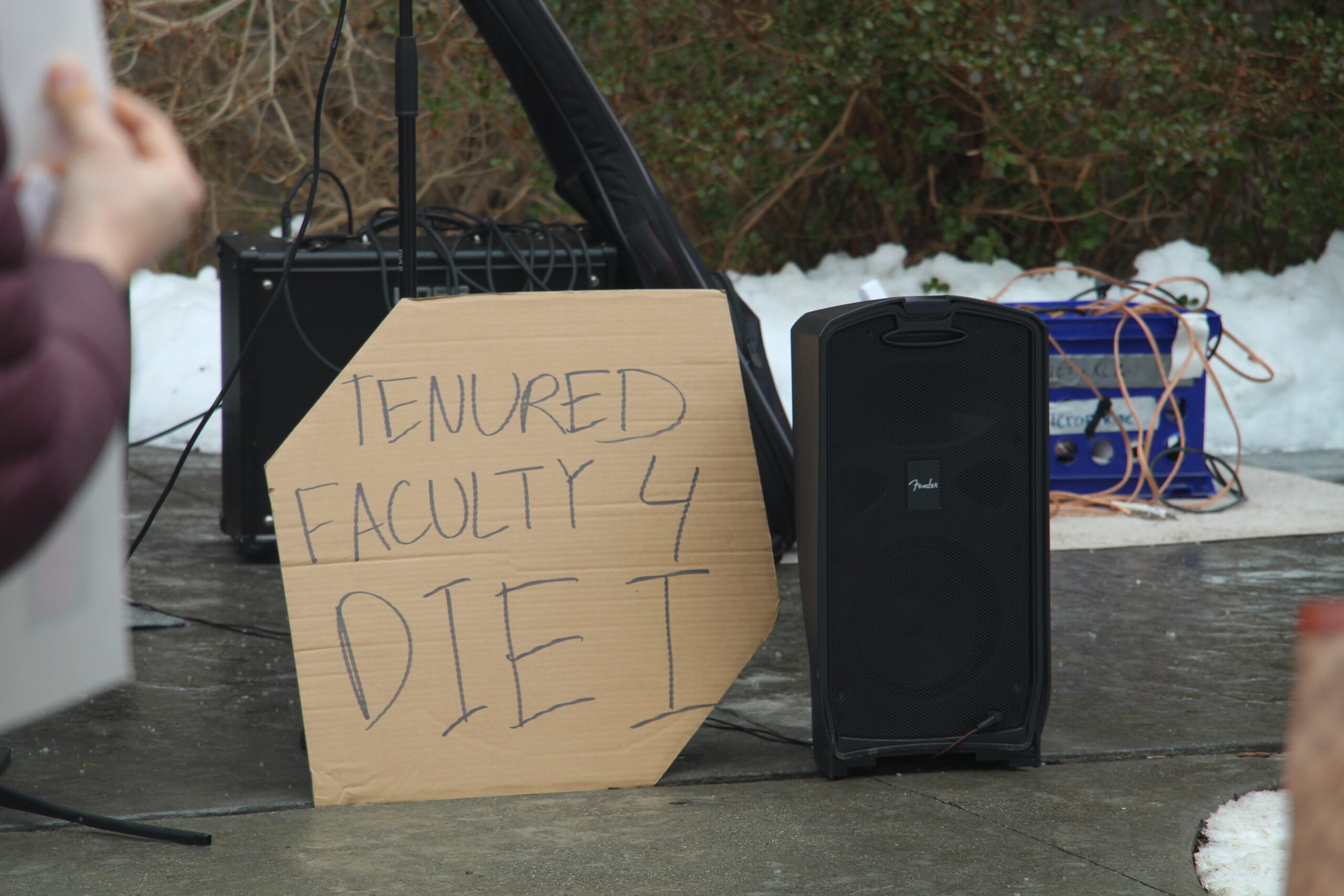As someone who cringes at the thought of writing an event review, I must admit that extenuating circumstances have led me to write something very akin to one, although I hope the larger purpose I am writing this for will soon become apparent.
On Friday, Oct 21, The College Voice (alongside departments of history, gender and women’s studies, economics, CISLA, the Holleran Center and CCSRE) had the pleasure of co-sponsoring a visit to campus by journalist P. Sainath. Sainath spoke about the crisis of farmers’ suicides in India in the past two decades, a time in which over 300,000 farmers have taken their own lives in response to a mounting agrarian crisis.
Sainath’s talk began, as one can expect, with the 2008 Wall Street collapse. Just kidding. One would scarcely expect, especially at a liberal arts college in New England, that something happening so far away in poor, exotic India would have much to do with the very things Sen. Bernie Sanders railed about this past year.
And yet this is precisely the kind of connection that our college education should enable us to make. Sainath unraveled the causal webs that are hidden to us unless we accept that we live in one world, in which Wall Street and rural farmers do not exist insulated from each other. Food prices, he told us, soared after the 2008 crisis to levels unseen since the World War II era. The Arab Spring, he told us, was ignited by food riots beginning in 2008. As the global economy tanked and food producers were going hungry worldwide, agribusiness companies ranked first in profit in Fortune 500s “100 fastest growing” companies, overtaking even digital and media enterprises in 2010.
From UN reports to the US census, from Vidarbha to rural Iowa, from the plight of dead farmers’ families to the struggle of Hudson Valley’s last independent farms, little was outside of Sainath’s purview and realm of concern. This, finally, was the fabled “global citizenship” Connecticut College was meant to teach us all about, modeled in an underfunded talk given by an activist intellectual one afternoon in Cro.
Sainath had clearly been doing his homework, at least for the past three decades. Speaking from memory, with no notes at hand, the seasoned journalist recalled fact after fact about the dismal condition of the world in which, in Nobel laureate Tagore’s words, “Food is a source of great prosperity. But the production of food is a source of great misery.” Alarming statistic after statistic poured down upon us. 62 people control half the wealth of world. In India, 15 people control more wealth than the bottom 69% of the population – 1 of those people controls as much as the bottom 20%. Farmers’ suicides like those in turn of the century India happened in the US in the 1980s, after which the population of family and community level cultivators was decimated – it is now down to 2%. Farmers’ suicides do not happen in poor parts of India – they happen in the five wealthiest states.
Yet no one could accuse Sainath of “de-humanizing” his subjects using data. He crafted masterful story after story, each of them moving in the ways that they rendered the data horrifyingly real. He was unimpeachable as, in a slow, calm voice, he recounted visits to the family of a dead farmer, worried the widow might commit suicide as well. He told us that in some cases, police were misreporting the suicides as “suicide caused by unbearable stomachache,” a story which hid the fact that the stomachache was in fact caused by the decision to commit suicide by consuming pesticide. Many of the suicide notes, he told us, were not addressed to families, friends, and loved ones – they were addressed to the finance minister, the chief justice, the prime minister of India. These suicides were not personal. They were painfully political.
Addressing the astonishing media silence on this crisis, Sainath wittily claimed that two decades ago, he used to be confused when people called him a public intellectual. That was, until he realized that the description was accurate because it indicated that all the other intellectuals had been privatized. Their words, he seemed to imply, and their actions had been privatized too, leaving them gagged and bound to corporate power.
Sainath’s talk is another in a series of talks recently organized by Conn’s neglected centers and departments. Moustafa Bayoumi’s “This Muslim American Life” comes to mind, as does the “#NoDAPL” teach-in, among others. This genre of talks and “events” matter because they have, to borrow Sainath’s phrase, brought public intellectuals into an institution of privatized thoughts, concerns, words, scholarship, syllabi and intellectuals.
Maybe this is why these events have seen such a tremendous turnout of students and community members hungry for public engagement of the kind that is meant to characterize full participation. It is clear that it is in these kinds of “extra-curricular” events that much learning about problems in the real world, and thus, full participation, seems most readily available at this college. Now, if only there were some way to making our privatized classrooms and syllabi “public” as well…
In the Q&A session following Sainath’s talk, most questions came from students who had clearly watched, discussed and analyzed Sainath’s work in a classroom prior to the event. The questions these students asked demonstrated an interest in the problems of the “real world” and a capacity for intellectual engagement with the speaker. That students actually learning things in their classrooms is such a rare occurrence at Conn, that informed questions actually come as a shock at an event, shows the culture of shallowness that pervades our learning in classrooms.
It also makes me realize how disrespectful we as a college community are to the “public intellectuals” who come talk to us. The attitude is: hello, unheard of but obviously inspiring speaker! Tell us about your fascinating and exotic concerns that we never bothered to even Google before your arrival, tell us about all the good work you do that our professors will never take time to have us read in class, please tell us about those suffering yet passionate villagers/Muslims/indigenous people/gender minorities/others you work “on” about whom we will never take time to think other than at your talk which, incidentally, counts for extra-credit. And once you do tell us, we will have some questions about – wait for it – your feelings about the work, the feelings of your exotic subjects, how you became interested in this bizarre yet fascinating topic, and anything else that distances us from long term or deep engagement with your concerns. Please prepare some lighthearted or inspiring anecdotes to ease any tension in the room that might arise due to the painful, political or “real world” nature of things discussed. We promise to mention garbled versions of these “powerful” stories to our friends who missed the event.
What am I trying to say here, in so many words?
It is this: the outsourcing of full participation work to “extra-curricular” events is bound to fail. It doesn’t matter if Cornel West, Junot Diaz and even Mahatma Gandhi himself comes over to talk to us one evening. In the absence of genuine and lasting concern about the world, the only thing such talks will be good for are event reviews in the Voice and ads for Conn.
If you spend 9 – 5 every day not thinking about injustice in the world and then show up at 5.30 in Cro to do so, it won’t make you a “citizen” of anywhere except this limited bubble you live in. This is why there has been a chorus of voices for many years now, in protests across the world, practically screaming: course content matters, over and above the form of content delivery.
The recent report on full participation to the Education Planning Committee, EPC, gives us a list of the success stories of full participation at Conn. These include: “Creating far more explicit syllabi including detailed dates for all assignments,” “posting PowerPoint lectures on Moodle,” “Organized lab partners or discussion groups randomly,” “Provided note cards for exams.” These kinds of things, the report claimed, constituted something called “inclusive pedagogy.”
But if we stop and think for a second, we obviously know that “inclusive pedagogy” is not equal to use of multimedia tools in class, clear instructions including – gasp – deadlines on Moodle and cushy chairs for all students. These things are just part of being a competent person in general and have nothing to do with “inclusion,” let alone “pedagogy.”
Further, “inclusive pedagogy,” even if the Full Participation Working Group is ever able to define it correctly, remains second to relevant content if the goal is full participation. Course content is the place where you “put your money where your mouth is” and show your commitment to “sustainability,” “justice” and other such clichés.
If we decide to teach theories of creationism, geographical determinism and trickle-down economics using the latest and most expensive technology, using gifs in class, allowing flash-cards in exams and using the most affordable textbooks, is that success? It can’t be that difficult to realize that Susan Sturm wants us to have difficult conversations about what is worth teaching and learning in the first place. But of course, that’s only if actually “including” is the goal. Here at Conn, we only ever aim for the feeling of “inclusion.”•











[…] Originally published in The College Voice. […]